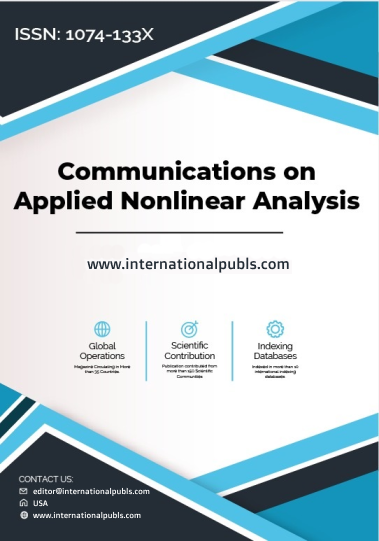A Cross-Layer-Routing Protocol with Malicious node detection using BiRNN in WSN
Main Article Content
Abstract
A wireless sensor network (WSN) is a standalone device that consists of a discrete group of sensor nodes (SN) for information gathering, device monitoring, and environmental position sensing. The main challenge is to present an energy-efficient framework and conserve energy while building a route path alongside each sensor node at SN due to the limited energy resources available. Nonetheless, a great deal of energy-efficient methods concentrated heavily on energy harvesting and decreased energy usage, but they were unable to enable energy-efficient routing in WSNs with low energy usage. The research work uses Kinetic Gas Molecules Optimization (KGMO) based Modified Reptile Search Algorithm for cluster head selection to minimise the energy consumption in order to address this issue. Utilising a modified version of the Reptile search algorithm, the inertia weight of the KGMO is determined by evaluating trust (direct and indirect) based on energy, distance, probability of risk, delay, and Received Signal Strength Indicator (RSSI), with the optimal CH being chosen. Lastly, to find the shortest path, use an energy-efficient cross-layer-based expedient routing protocol (E-CERP), which lowers network overhead dynamically. Assuring security for the massive amounts of data being generated by sensors is the most difficult task. It must balance the trade-offs with a number of other factors, including power consumption, delay, latency, and data aggregation, in order to ensure security and make room for different types of research. The work's concept is to use a Bidirectional Recurrent Neural Network (BiRNN) model to identify the malicious nodes. When compared to previous methods, the proposed model demonstrated exceptional results by achieving a Packet Delivery Ratio (PDR) of 0.99, Throughput of 0.98, Packet Delay reduced to 0.05, Power Consumption minimized to 1.52, and an outstanding Accuracy of 99.21%. These findings underscore its efficacy in enhancing both network performance.
